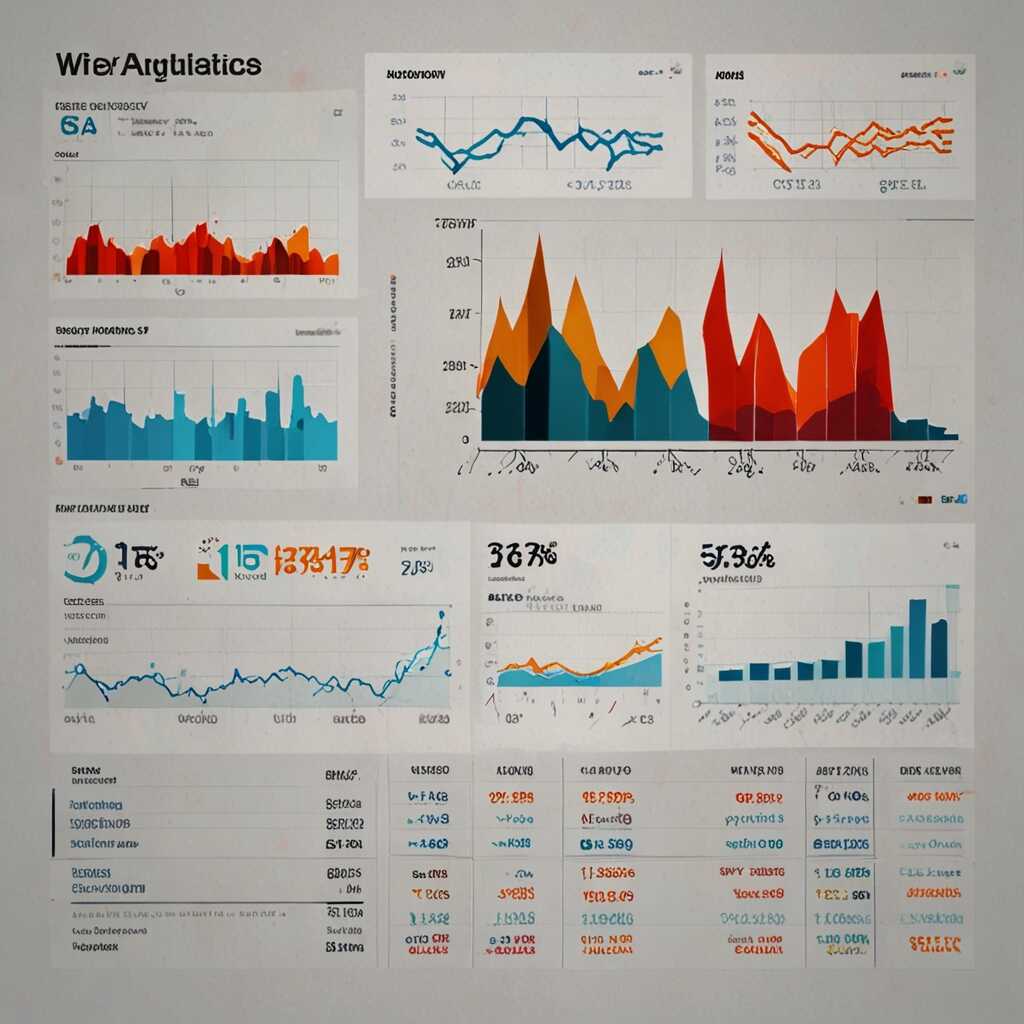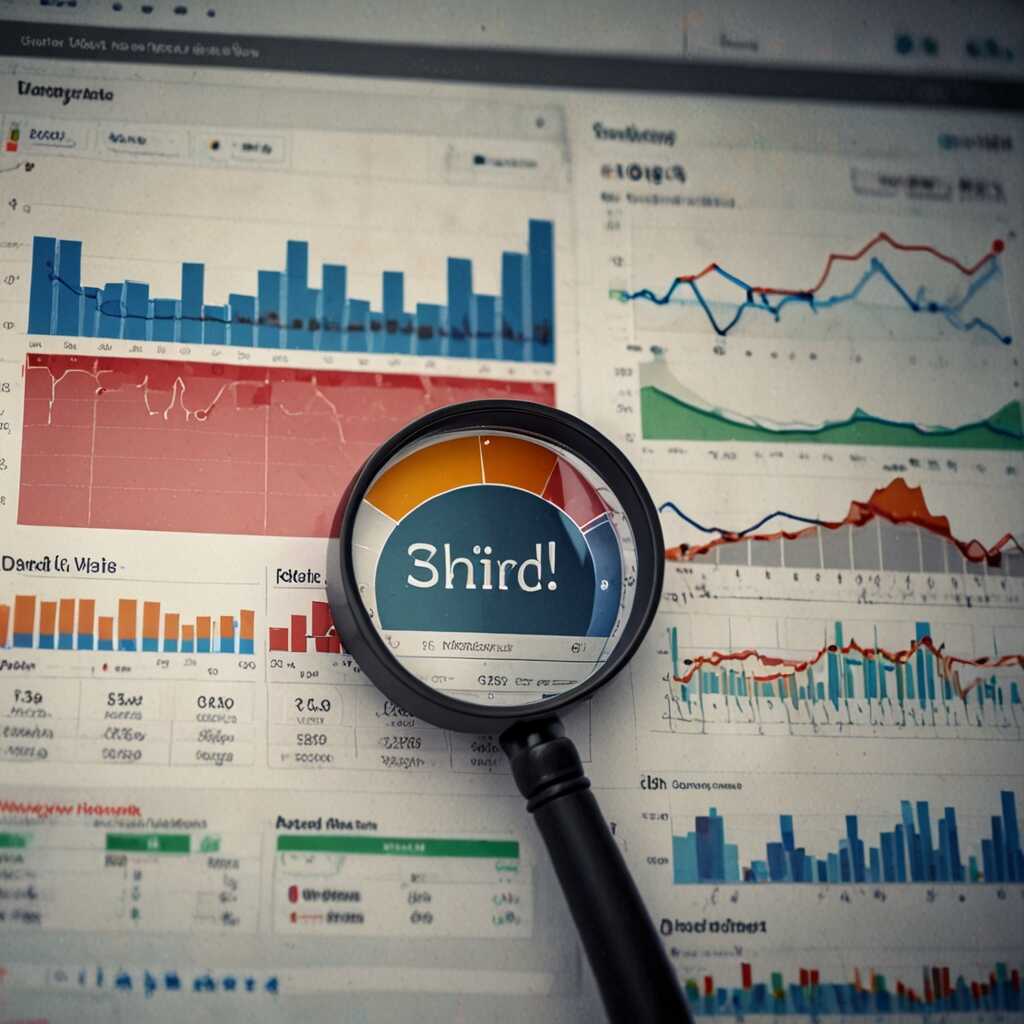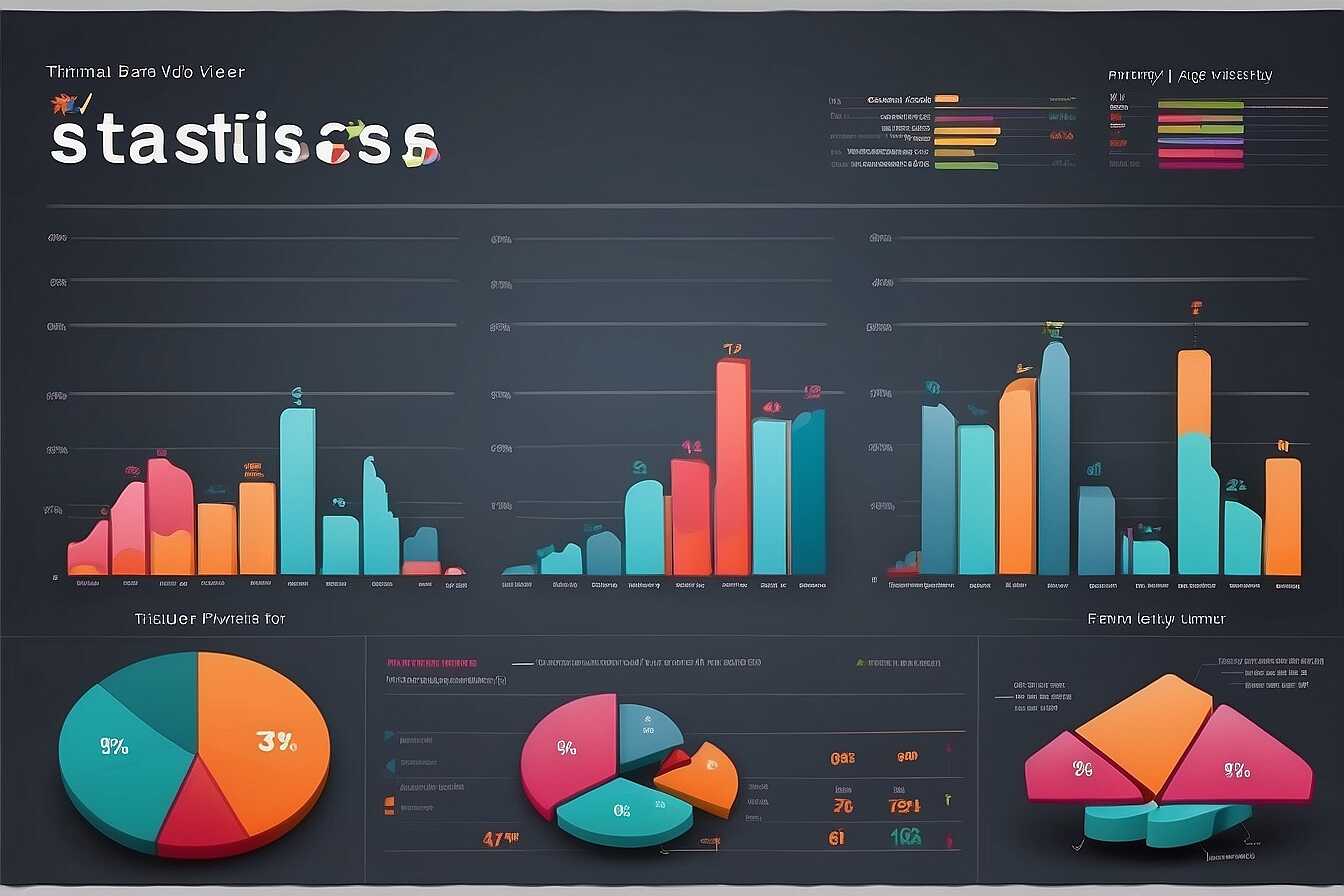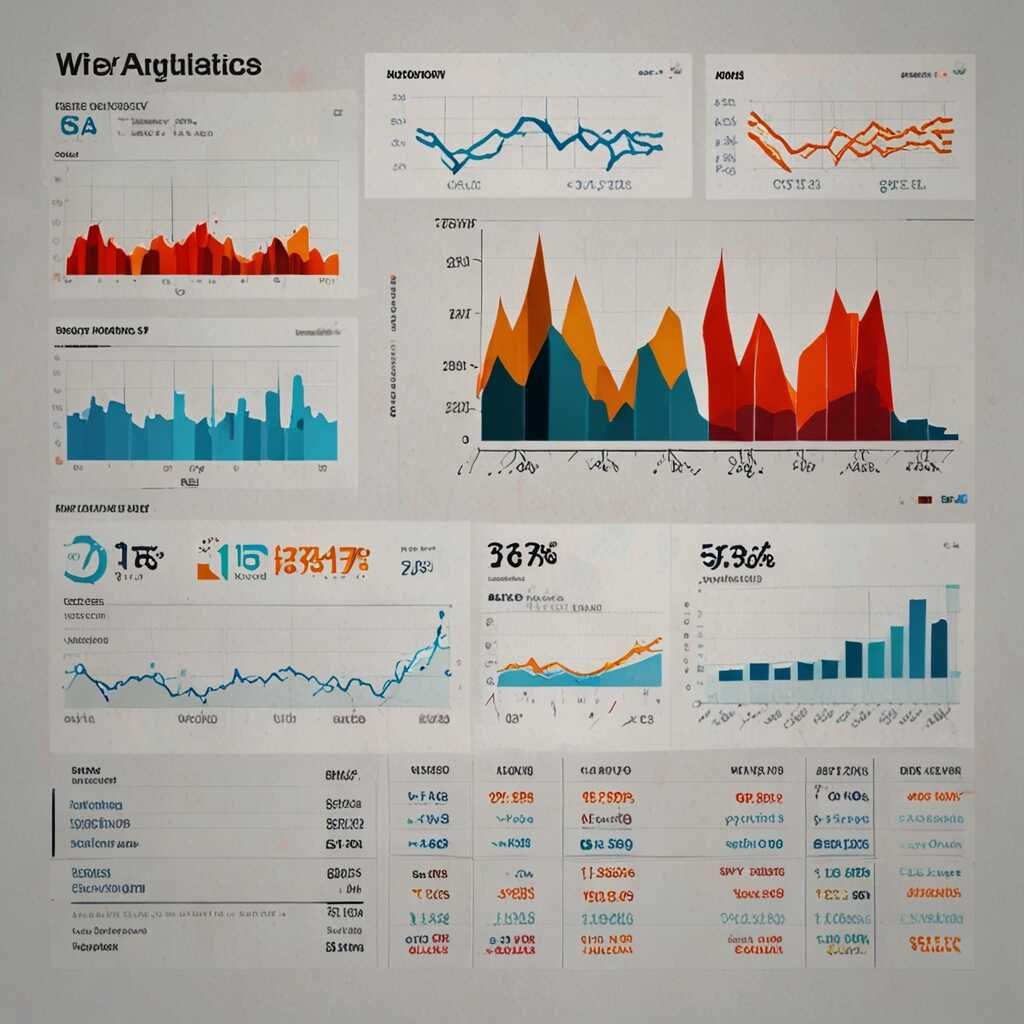Improving your SEO strategy starts with understanding Bing user demographics and how they impact search behavior. By delving into these demographics, digital marketers and SEO professionals can tailor their keyword targeting and content creation for better visibility on Bing. At Metrics Rule, we analyze demographic insights to help you refine your approach and boost your website’s performance in search results. With a focus on technical SEO and data-driven strategies, we aim to enhance your overall search presence on Bing.
Understanding the Essential Role of User Demographics in SEO
Understanding user demographics is crucial for creating effective SEO strategies. Different demographics help identify how users search and what content they prefer. For instance, younger users may seek visual content on platforms like Bing, while older users may prefer detailed articles. Tailoring your strategy to these behaviors can enhance engagement. Demographics also guide keyword selection, as younger audiences might use newer slang, while older demographics focus on more traditional phrases. This approach ensures businesses connect meaningfully with their target audience and bolster their search visibility.
How Demographics Influence Content Strategy
Demographics play a vital role in shaping content strategies for optimal performance. For example, if research shows that a significant percentage of Bing users are between the ages of 25 and 34, marketers should focus on creating content that resonates with this age group. This can include trendy topics, relatable language, and engaging visuals. Similarly, understanding education levels within demographics can help tailor content complexity. Regularly collecting data through analytics ensures that your strategy remains aligned with audience preferences and delivers the best results in search visibility and engagement.
Analyzing Bing’s Distinct User Demographics for Effective Targeting
Understanding the primary user demographics Bing reveals crucial insights for tailoring your SEO strategies. The main age groups using Bing typically include users aged 25-34, 35-44, and 45-54, with a noticeable preference among older adults for this search engine. Common interests among Bing users include technology, health, and finance, reflecting their online behavior and search tendencies. Notably, approximately 52% of Bing users are located in North America, indicating a concentrated audience that can be targeted effectively through regional SEO efforts.
Exploring Interests of Bing Users for Enhanced Content Creation
To effectively engage Bing’s diverse audience, it is essential to analyze the specific interests Bing users exhibit. Research shows that Bing users often seek out content related to technology advancements, health tips, and financial advice. Creating tailored content that addresses these topics will enhance your SEO performance by aligning closely with user expectations and interests. By leveraging Bing location analysis data, businesses can further localize their content, which provides a competitive edge in capturing regional market segments in e-commerce and online services.

Shaping Your Content Strategy to Fit Bing User Preferences
To improve your SEO strategy for Bing, it’s essential to tailor your content strategy to the platform’s user demographics. Bing users tend to favor diverse content types, including engaging videos, informative articles, and infographics. Age, gender, and location significantly influence content preferences. For example, younger users may lean more toward video formats, while older demographics often prefer traditional written content. Research shows that a sizeable percentage of Bing users, estimated to be over 60%, prefer video content over text-based articles, especially for tutorials and product explanations. This highlights the importance of incorporating various content formats to maximize audience engagement and search visibility on Bing.
Analyzing Age and Gender Preferences in Content Creation
Understanding the age and gender breakdown of Bing’s users can greatly enhance your content strategy. For instance, younger audiences (ages 18-34) typically gravitate toward dynamic formats like videos and GIFs, while older individuals (ages 35 and above) often appreciate well-researched articles. Additionally, males and females may prefer distinct topics based on their interests, indicating a necessity for tailored content. By analyzing this demographic data thoroughly, you can create targeted content that not only aligns with user preferences but also improves your site’s overall search performance. Implementing these insights into your content strategy can help you attract more visitors and enhance engagement, making your efforts more effective on Bing.
Key Statistics Influencing Search Engine Optimization Techniques
- Bing holds approximately 6% of the global search engine market share.
- About 70% of Bing users are above 35 years old, indicating a mature audience.
- In 2022, Bing reported a 25% increase in search volume year-over-year.
- 54% of Bing users have at least a bachelor’s degree, showcasing an educated demographic.
- Mobile searches on Bing account for 30% of its total searches.
- Approximately 30% of Bing users utilize the platform for product research.
- Bing’s 2023 partnership with OpenAI aims to enhance user search experiences.

Leveraging Demographic Insights for Enhanced Keyword Research
When conducting keyword research for Bing users, consider factors such as age, location, and device usage. These demographic characteristics provide invaluable insights into user intent. Understanding the interests and behaviors of Bing’s audience helps improve keyword targeting strategies. For example, younger users may search for trending topics while older demographics might prioritize informative content. Demographic data analysis reveals specific user preferences, enabling SEO professionals to create targeted content that resonates with different segments of Bing users. Furthermore, research indicates that targeted keywords can lead to increased engagement, with studies showing a correlation between demographic fit and keyword performance.
Understanding Key Demographic Influences on Keyword Performance
Key demographic influences on keyword performance include age, gender, geographic location, and purchasing behaviors. For instance, younger demographics may gravitate towards keywords related to technology and social media trends. In contrast, older users might respond better to health and wellness queries. Examining Bing user demographics through robust data analysis helps refine keyword research processes. Implementing AI tools for keyword generation based on demographic trends enhances keyword relevance, ensuring search results align with user expectations. By focusing on the characteristics of the target audience, digital marketers can improve their overall SEO strategy and increase site visibility on Bing.

Gaining Insights from Bing Ads to Inform Demographic Understanding
Bing Ads offers a treasure trove of demographic insights that can significantly enhance your SEO strategies. The platform provides data analytics features, such as audience segments and demographic report capabilities, which help you better understand user behavior. With these insights, you can tailor your targeting strategies by analyzing factors like age, gender, location, and interests. Understanding these user insights enables businesses to optimize their content and keyword strategies, ensuring that they resonate well with their intended audience. Additionally, Bing Ads can generate multiple unique demographic reports, which you can use to review and compare performance trends over time, thereby improving ad effectiveness.
Maximizing Your Bing Ads Targeting Strategies
To maximize your targeting strategies, focus on leveraging the audience insights features Bing Ads provides. These features include in-depth targeting options such as interest-based segments and geographic filters. By using these tools, you can enhance the relevance of your ads and drive higher engagement rates. For example, targeting a specific geographic area in Vancouver can yield excellent results for local businesses. Moreover, utilizing split testing with Bing Ads allows you to see real-time performance, so you can adjust campaigns for better results. All of these functions work together to provide a more efficient, data-driven approach to your digital marketing strategies, ensuring that you reach the right audience effectively and improve your overall SEO performance.
Advantages of Tailoring Approaches Based on Searcher Profiles
- Understanding user backgrounds helps in crafting relevant content for Bing visitors.
- Insights into Bing demographics enhance targeting strategies and increase traffic.
- Content that resonates well with an audience can lead to higher engagement rates.
- SEO strategies focused on educated users can lead to better conversion rates.
- Keywords targeted for older demographics may drive more qualified leads.
- By understanding search intent, you can solve user problems effectively.
- Campaigns tailored for Bing users often yield lower competition for keywords.

Learning from Competitors: Demographic Insights in Bing SEO
Analyzing competitors’ Bing SEO strategies offers valuable demographic insights by revealing what approaches yield positive results. By examining successful businesses, you can identify which keywords resonate with their audiences and how they tailor their content. Competitors often share their user demographic information, including age, gender, and location, providing essential data that you can leverage for your own SEO strategy. Key competitors in the Bing space, such as Amazon, eBay, and various local businesses, should be closely monitored for their effective keyword targeting strategies in e-commerce. You should analyze at least five to seven competitors to gain a reliable understanding of trends that enhance SEO performance within your niche.
Identifying Essential Competitor Strategies on Bing
To effectively improve your Bing SEO strategy, focus on identifying essential competitor strategies that cater to specific user demographics. Start by using analytical tools to review how top competitors are ranking for particular keywords. Tools like SEMrush or Moz provide data on keyword performance and demographic targeting. Look for features in their content that appeal to their audience, such as localized keyword usage and relevant imagery. Create comparisons based on reviews, performance metrics, and user engagement to determine what works best. This data-driven approach ensures you adopt proven tactics that enhance your visibility on Bing while aligning closely with the shifting behaviors of your target demographics.
Evaluating the Effectiveness of Demographic-Driven SEO Strategies
To measure the impact of demographic insights on your SEO strategies, focus on key metrics such as traffic, engagement, and conversions. To track these metrics, tools like Google Analytics and SEMrush offer powerful analytics capabilities. Using Google Analytics, you can create custom reports that compare user behavior before and after implementing demographic-driven changes. Additionally, monitoring engagement metrics, like time on page and bounce rates, provides a deeper understanding of user interaction changes over time. For conversion tracking, consider setting up goals and e-commerce tracking to evaluate how demographic-focused strategies enhance overall performance. A significant percentage increase in engagement, typically around 10-20%, indicates effective implementation of these strategies.
Best Tools for Analyzing Demographic-Driven SEO Impact
Using the right tools for SEO performance analysis can drastically enhance your understanding of how demographic insights impact user behavior. Google Analytics is essential for tracking user demographics and their corresponding engagement levels. It provides robust features like audience segmentation, allowing you to hone in on specific demographic groups. SEMrush offers additional e-commerce tracking capabilities, helping you measure the effectiveness of demographic targeting on sales performance. These tools not only deliver data but also enable quick comparisons to historical performance, ensuring your strategies are data-driven, proven, and effective at increasing overall site engagement and conversions. This dual approach makes it easier to adjust strategies based on user behavior, enhancing overall SEO outcomes significantly.
Comparative Insights on Search Engines and Their Audiences
- Bing offers unique advantages for businesses wanting to reach an older audience.
- Google provides broader reach but may be less effective for niche markets.
- Yahoo attracts users interested in news, differing from Bing’s customer base.
- DuckDuckGo appeals to privacy-focused users, aligning with their values.
- Social media platforms like Facebook provide different targeting opportunities.
- Alternative engines can supplement Bing’s audience by reaching younger, hip users.
- Understanding diverse demographics aids in creating more inclusive marketing strategies.
Emerging Trends: The Future of User Demographics in Bing SEO
Understanding emerging user demographics is crucial for shaping future SEO strategies on Bing. Recent trends indicate that younger audiences, particularly Millennials and Gen Z, are increasingly engaging with Bing. This demographic shift emphasizes the need for tailored keyword targeting and content that resonates with their preferences. Innovative tools, such as AI-powered analytics platforms, enhance our ability to gather and interpret demographic data effectively. These tools provide insights into user behavior, preferences, and search habits, helping businesses adapt their SEO tactics accordingly. Interestingly, studies project that about 25% of Bing users will engage with e-commerce platforms by 2025, an essential consideration for those in the digital marketing space.
Utilizing AI Tools for Data-Driven SEO Insights
AI tools are transforming how we analyze emerging user demographics for Bing SEO strategies. These innovative platforms enable digital marketers to gather massive amounts of data, ensuring that insights are both reliable and actionable. AI can handle complex data sets efficiently, allowing for better keyword research and content creation. They help enhance understanding of user preferences and behaviors. For example, companies can use AI to generate keyword ideas tailored to emerging trends and demographics, which drives higher engagement and conversion rates. Tools like machine learning algorithms and predictive analytics deliver valuable reports that highlight shifts in Bing user trends. This proactive approach ensures that SEO strategies remain relevant and effective, optimizing content for user behavior expected in 2025.
